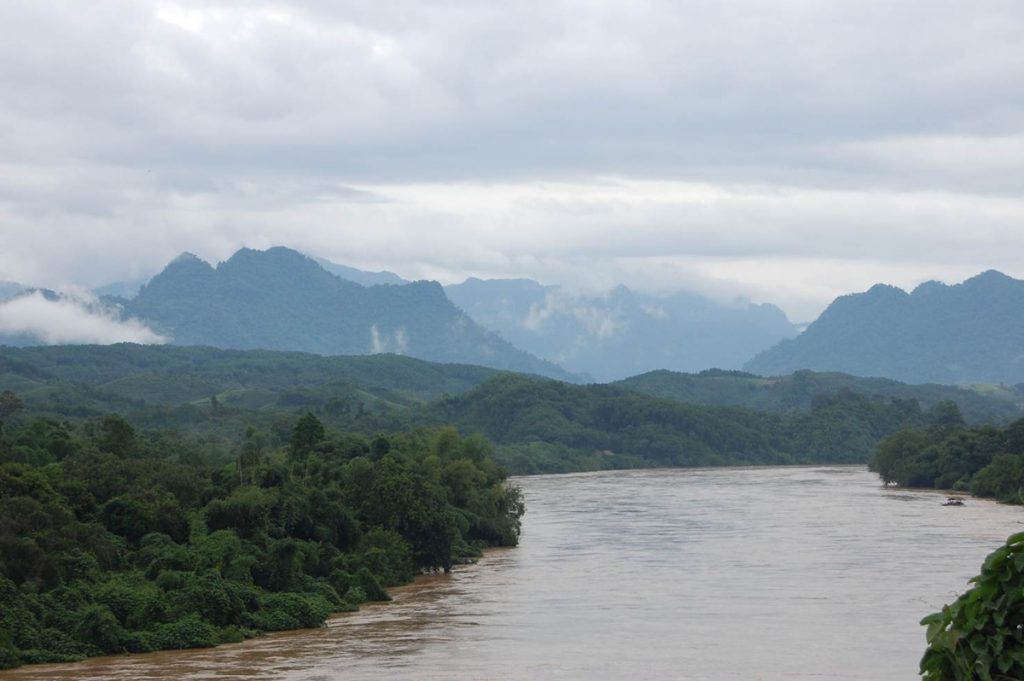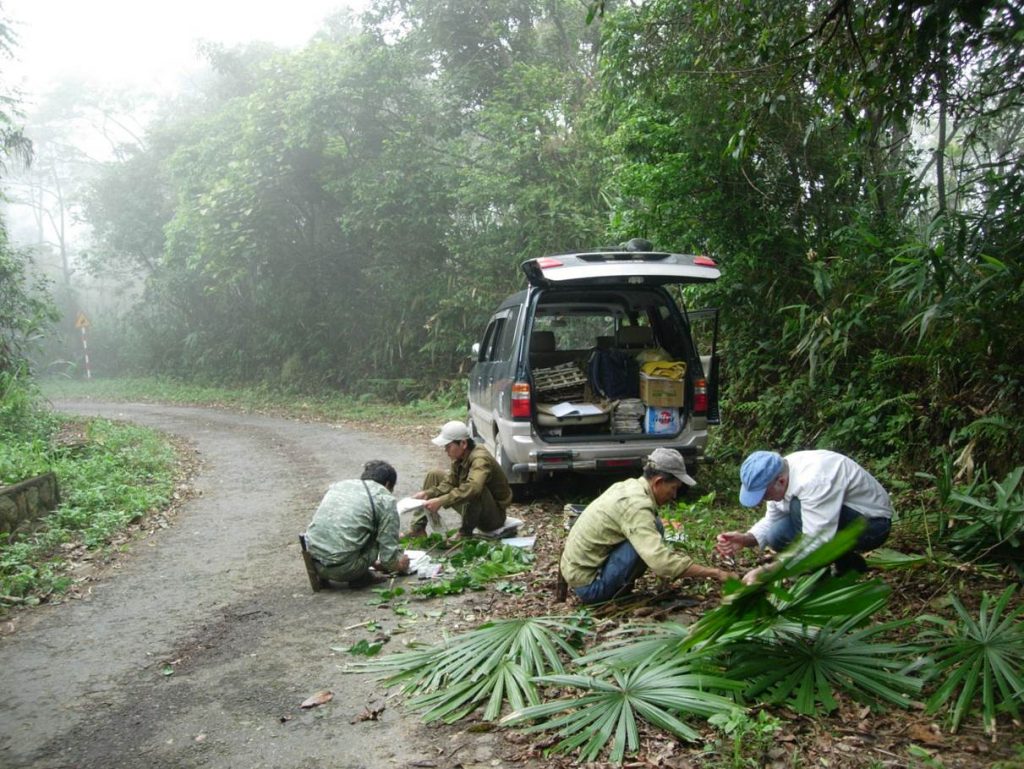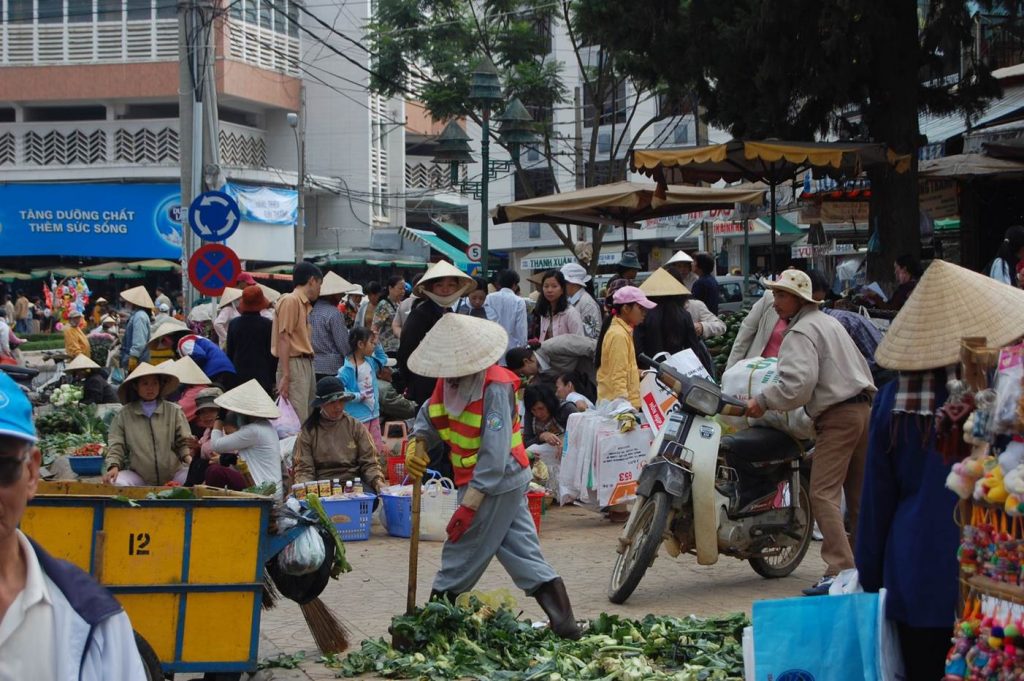The Palms of Vietnam: A Doubling of Numbers
Posted in From the Field on June 20, 2016 by Stevenson Swanson
Stevenson Swanson is the Science Media Manager at The New York Botanical Garden.

The last scientific survey of the plants of Vietnam—written by two French botanists in 1937, when it was a French colony—led a team of researchers to expect that they would find about 60 species of palms when they began a research project in that Southeast Asian country in 2007.
To date, they have discovered 113 species, including 41 that are new to science, and an entirely new genus (a group of closely related species).
“Sometimes we can drive up a road and look out the window and see new species,” Andrew Henderson, Ph.D., Abess Curator of Palms at The New York Botanical Garden, told a group of Garden Members during a recent Britton Gallery Talk. “Vietnam was overlooked by biologists for a long time because of war.”
Vietnam endured many decades of war during the 20th century; only in the last 30 years or so have Vietnamese biologists and their colleagues from other countries been able to discover its rich biodiversity.

In the course of his project to inventory the palms of Vietnam, Dr. Henderson has made 12 research trips to the country. The result has been a stunning example of modern exploration and species discovery.
With six distinct plant regions ranging from rugged mountains to the low-lying delta of the Mekong River, Vietnam has highly diverse plant life, including its palms. But in a country whose roads and other infrastructure are often poor, that varied terrain can pose daunting challenges for researchers who want to collect in remote areas.
“Field work in Vietnam is not so easy,” Dr. Henderson said drily. “But we tried to collect in as many places as possible.”
Even palms that the Vietnamese use in everyday life held surprises for the researchers. The palm whose young leaves are used to make conical woven hats turned out to have been assigned to the wrong genus. Henderson and a colleague renamed it Lanonia centralis.

Another important group of palms, the rattans, are vital to the livelihoods of many Vietnamese, starting with the rural people who harvest the plants in the wild and including the workers who process their flexible stems and the shopkeepers who sell rattan baskets, furniture, and other useful items.
So far, Dr. Henderson and his collaborators have found 50 species of these spiny, climbing palms in Vietnam, but he noted that rattans are threatened by overharvesting. For that reason, he and Garden colleague Charles Peters, Ph.D., the Kate E. Tode Curator of Botany, have worked with villagers and Vietnamese forestry officials to set up sustainable harvesting programs in the country.
That kind of conservation work is especially important given another fact about the palms of Vietnam: more than half of the species that Dr. Henderson has documented are endemic to the country—meaning they are found nowhere else. If they are eliminated from Vietnam because of overharvesting, habitat destruction, or climate change, they will go extinct, lessening the world’s plant biodiversity, disrupting ecosystems, and robbing future generations of the chance to discover new uses for them—or to simply enjoy them for their beauty.
But before the palms of Vietnam can be saved, they have to be documented. That job is not yet done: Dr. Henderson will return to Vietnam in the fall to continue his field work.

